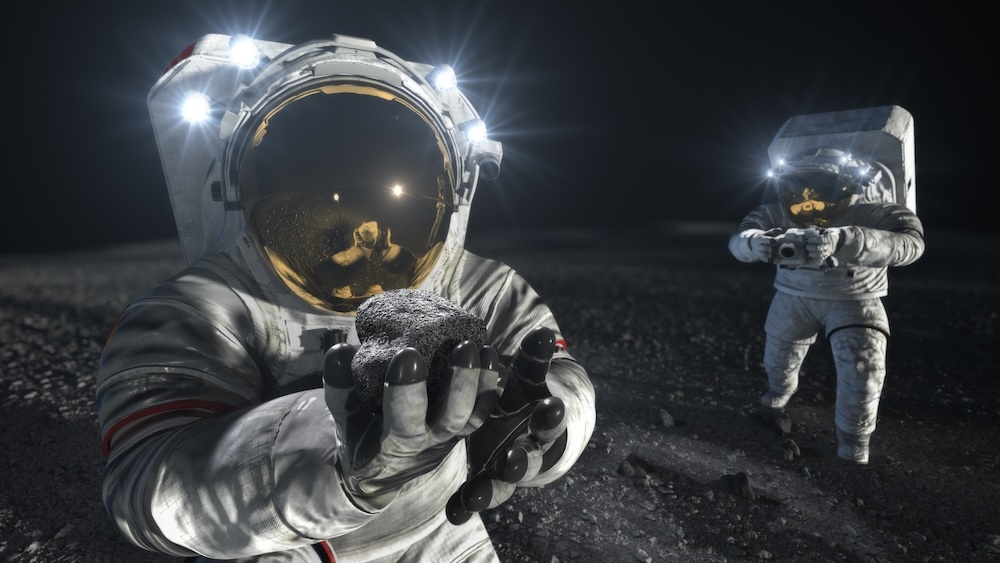Exploration of the Moon or other dusty environments comes with challenges. The lunar surface is covered in material known as regolith and its a jaggy, glassy material. It can cause wear and tear on equipment and can pose a health risk to astronauts too. Astronauts travelling to Mars would experience dust saucing to everything, including solar panels leading to decrease in power. To combat the problems created by dust, NASA is working on an innovative electrodynamic dust shield to remove dust and protect surfaces from solar panels to space suits.
Dust is common on Earth as much as it is on other worlds although of course the source can be very different. It plagues are homes and leads to the constant battle to remove it from our homes in the almost ritualistic activity of dusting. Even here there are a multitude of sprays, brushes and rags that claim to help. Some even employ the electrostatic force to help repel dust from surfaces. It is a mere annoyance to us, perhaps causing the odd electrical device to over heat but largely its a small part of our lives. On alien worlds, it can lead to serious equipment malfunction and serious health hazards.
Researchers at NASAs Kennedy Space Centre in Florida are now turning to electrostatic forces for help to keep astronauts and equipment dust free. Technology is being developed that has been called the Electrodynamic Dust Shield (EDS) – I rather wish they dropped the word dust from the title to make it sound a little more StarTrek! The shield uses transparent electrodes and electric fields to electrically remove dust from surfaces.The idea was inspired by the electric curtain concept that was developed by NASA in 1967 but this new EDS has been in development since 2004.

Dust exposure is a real concern for Commercial Lunar Payload Services and Artemis missions as the material can get into gaskets and seals, hatches and even potentially lunar habitats compromising their integrity. Dr Charles Buhler, lead scientist said “For these CPLS and Artemis missions, dust exposure is a concern because the lunar surface is far different than what we’re used to here.”
It’s the nature of the stuff to, not just that it gets everywhere like sand after a day at the beach. It is really abrasive like tiny pieces of glass because, unlike Earth where weathering tends to dull sharp edges, no such process occurs on the Moon. Even brushing the stuff off surfaces can lead to problems.
The technology has been tested in vacuum chambers to simulate the space environment and results looked very promising. The Apollo missions collected samples of lunar regolith and some of this was used in the testing. The material was ejected from the surface within seconds. Following the successful tests, EDS materials were embedded on glass panels and test spacesuit fabrics on board the International Space Station and more recently Intuitive Machines first lunar lander too. EDS technology was used in lenses in the EagleCam CubeSat camera. Data is now being collected and future missions will carry the EDS concept to further test its capability to keep machines and humans safe on dusty worlds.

